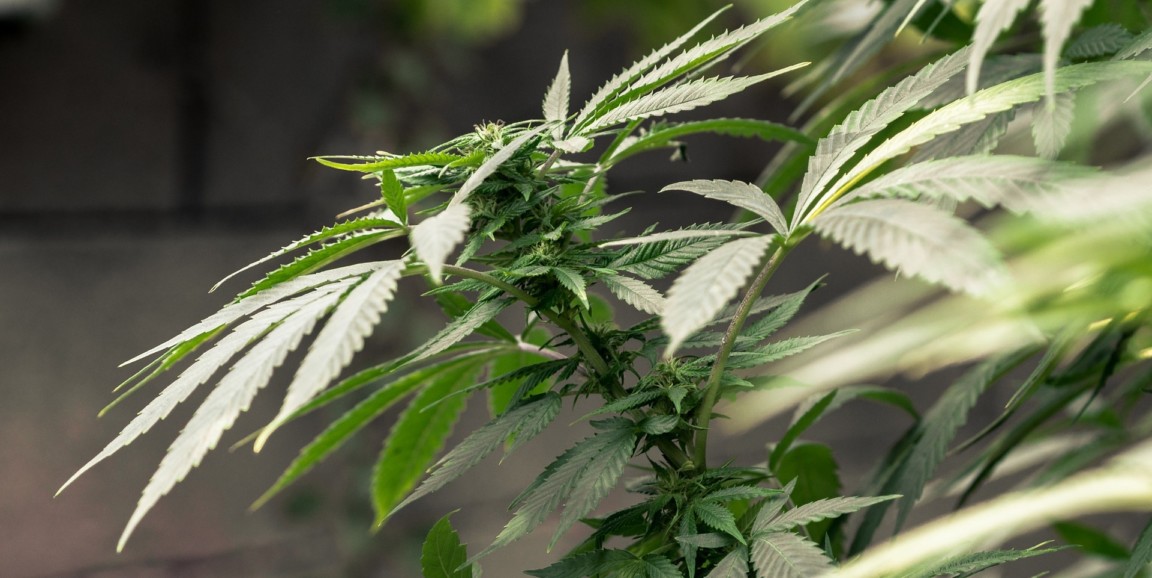Nathaniel Morris, MD, a resident in psychiatry at Stanford, said he learned almost nothing about marijuana during medical school. Its absence made some sense, he explained in a recent JAMA Internal Medicine editorial: why focus on marijuana when physicians must worry about medical emergencies such as cardiac arrest, sepsis, pulmonary embolisms and opioid overdoses?
However, marijuana use has dramatically changed in the few years since he earned his medical degree, he pointed out. Thirty-three states and Washington, D.C. have now passed laws legalizing some form of marijuana use, including 10 states that have legalized recreational use. And the resulting prevalence of marijuana has wide-ranging impacts in the clinic.
"In the emergency department, I've come to expect that results of urine drug screens will be positive for tetrahydrocannabinol (THC), whether the patient is 18 years old or 80 years old," he said in the editorial. "When I review medications at the bedside, some patients and families hold out THC gummies or cannabidiol capsules, explaining dosages or ratios of ingredients used to treat symptoms, including pain, insomnia, nausea, or poor appetite." He added that other patients come to the ED after having panic attacks or psychotic symptoms and physicians have to figure out whether marijuana is involved.
Marijuana also impacts inpatient units. Morris described that some patients smuggle in marijuana and smoke in their rooms, while others who abruptly stop their use upon entering the hospital experience withdrawal symptoms like sleep disturbances and restlessness.
The real problem, he said, is that many physicians are unprepared and poorly educated about marijuana and its health effects. This is in part because government restrictions have made it difficult to study marijuana, so there is limited research to guide clinical decisions.
Although people have used marijuana to treat various health conditions for years, the U.S. Food and Drug Administration (FDA) has not approved the cannabis plant for treating any health problems. The FDA has approved three cannabinoid-based drugs: a cannabidiol oral solution used to treat a rare form of epileptic seizures and two synthetic cannabinoids used to treat nausea and vomiting associated with cancer chemotherapy or loss of appetite in people with AIDS.
In January 2017, the National Academies of Science, Engineering, and Medicine published a report that summarizes the current clinical evidence on the therapeutic effects and harmful side effects of marijuana products. However, more and higher quality research is needed, Morris said.
Physicians also need to be educated about marijuana through dedicated coursework in medical school and ongoing continuing medical education activities, he said. Morris noted that physicians should receive instruction pertinent to their fields -- such as gastroenterology fellows learning about marijuana's potential effects on nausea or psychiatry residents learning about associations between marijuana and psychosis.
"These days, I find myself reading new studies about the health effects of marijuana products, attending grand rounds on medical marijuana, and absorbing tips from clinicians who have more experience related to marijuana and patient care than I do," Morris said. "Still, I suspect that talking with patients about marijuana use and what it means to them will continue to teach me the most."
Photo by 7raysmarketing






